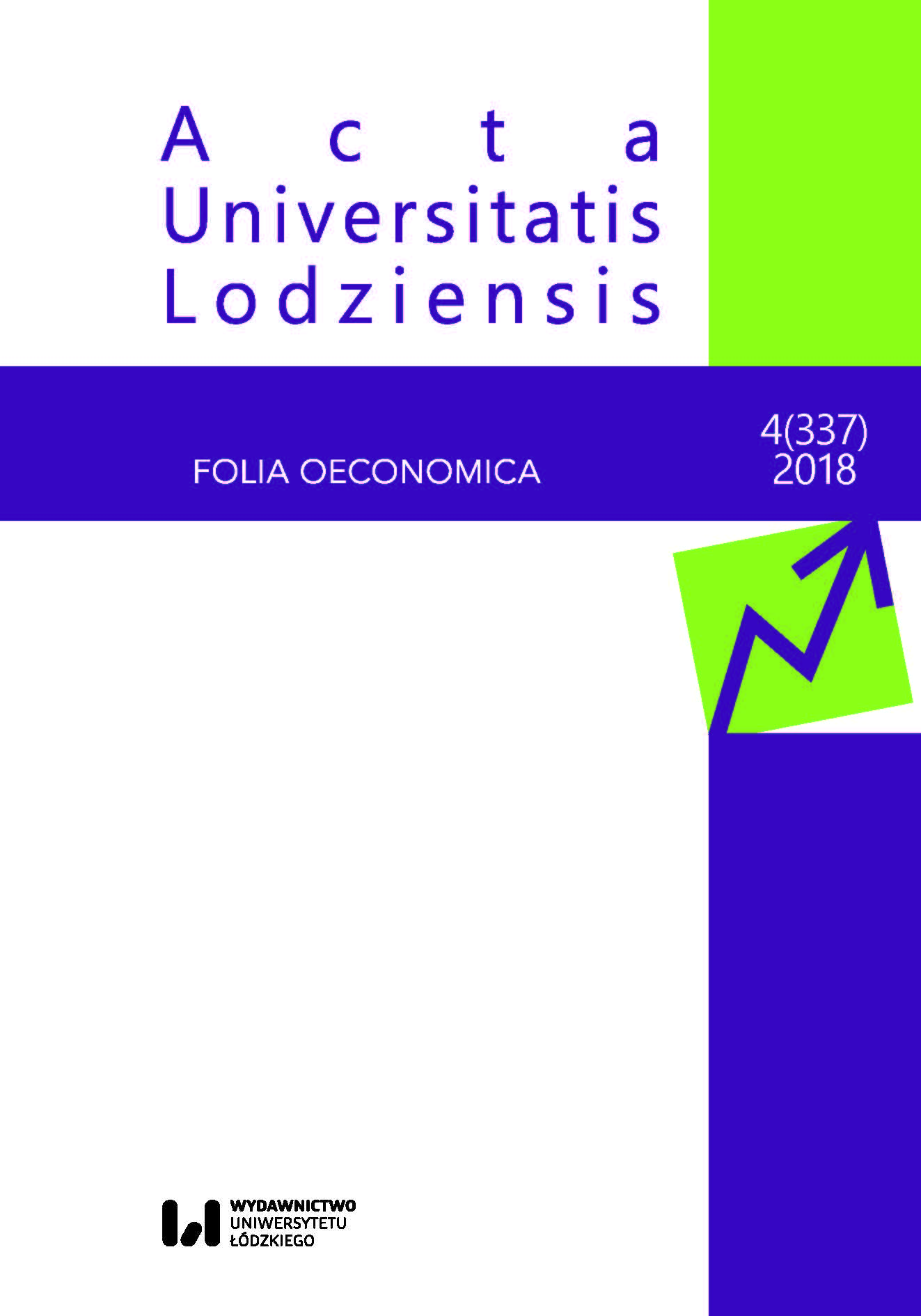The Role of Housing in the Spatial Distribution of Unemployment in Poland
The Role of Housing in the Spatial Distribution of Unemployment in Poland
Author(s): Maciej TarkowskiSubject(s): Human Resources in Economy
Published by: Wydawnictwo Uniwersytetu Łódzkiego
Keywords: unemployment; local labour markets; Poland; housing stock; bezrobocie; lokalne rynki pracy; Polska; zasoby mieszkaniowe
Summary/Abstract: Labour market and housing problems are an important part of social studies, though spatial analysis of labour market diversification and housing resources are not the dominating subject of studies. The interaction between the place of residence and the place of work is treated in terms of commuting to work, but this aspect does not exhaust the issue. The article is an attempt to answer the question whether a relation exists between the structure of housing and its accessibility and the stable diversification of local labour markets. A necessary condition for permanent migration from a location that does not offer work to that characterised by labour demand, is the accessibility of housing offering acceptable living conditions. The decades‑lasting housing deficit and the efforts to improve the situation relying solely on market mechanisms seem to restrict housing accessibility considerably. To answer this question a model of spatial regressions was construed, based on statistical data aggregated at the district (county) level. The results indicate a considerable role of financial accessibility of housing, in terms of purchase capacity and remuneration in particular districts, in preserving the disparities among local labour markets. // Zagadnienia rynku pracy i mieszkalnictwa stanowią ważką część problematyki nauk społecznych, jakkolwiek analiza przestrzennego zróżnicowania stanów rynków pracy i zasobów mieszkaniowych nie jest dominującą kwestią badawczą. Relacje między miejscem zamieszkania a miejscem pracy postrzegane są głównie przez pryzmat dojazdów do pracy, co nie wyczerpuje problematyki. Celem niniejszego artykułu jest próba odpowiedzi na pytanie, czy i w jakim stopniu trwałość zróżnicowań stanów lokalnych rynków pracy zależy od struktury i dostępności zasobów mieszkaniowych. Warunkiem koniecznym migracji stałej z miejsc, w których pracy brakuje, do cechujących się wysokim popytem jest dostępność mieszkań oferujących akceptowalne warunki bytowe. Tymczasem utrzymujący się od dekad deficyt mieszkań i próby jego zmniejszenia niemal, wyłącznie w oparciu o mechanizmy rynkowe, wydają się dostępność tę istotnie ograniczać. W celu odpowiedzi na tak sformułowane problem skonstruowano model regresji przestrzennej, wykorzystujący dane pochodzące z systemu statystyki publicznej, zagregowane do poziomu powiatów. Wyniki wskazują na znaczącą rolę dostępności finansowej mieszkań, rozumianej jako zdolność nabywcza lokalu mieszkalnego w odniesieniu do wysokości wynagrodzeń w poszczególnych powiatach, w utrwalaniu zróżnicowań stanów lokalnych rynków pracy.
Journal: Acta Universitatis Lodziensis. Folia Oeconomica
- Issue Year: 4/2018
- Issue No: 337
- Page Range: 203-218
- Page Count: 16
- Language: English

